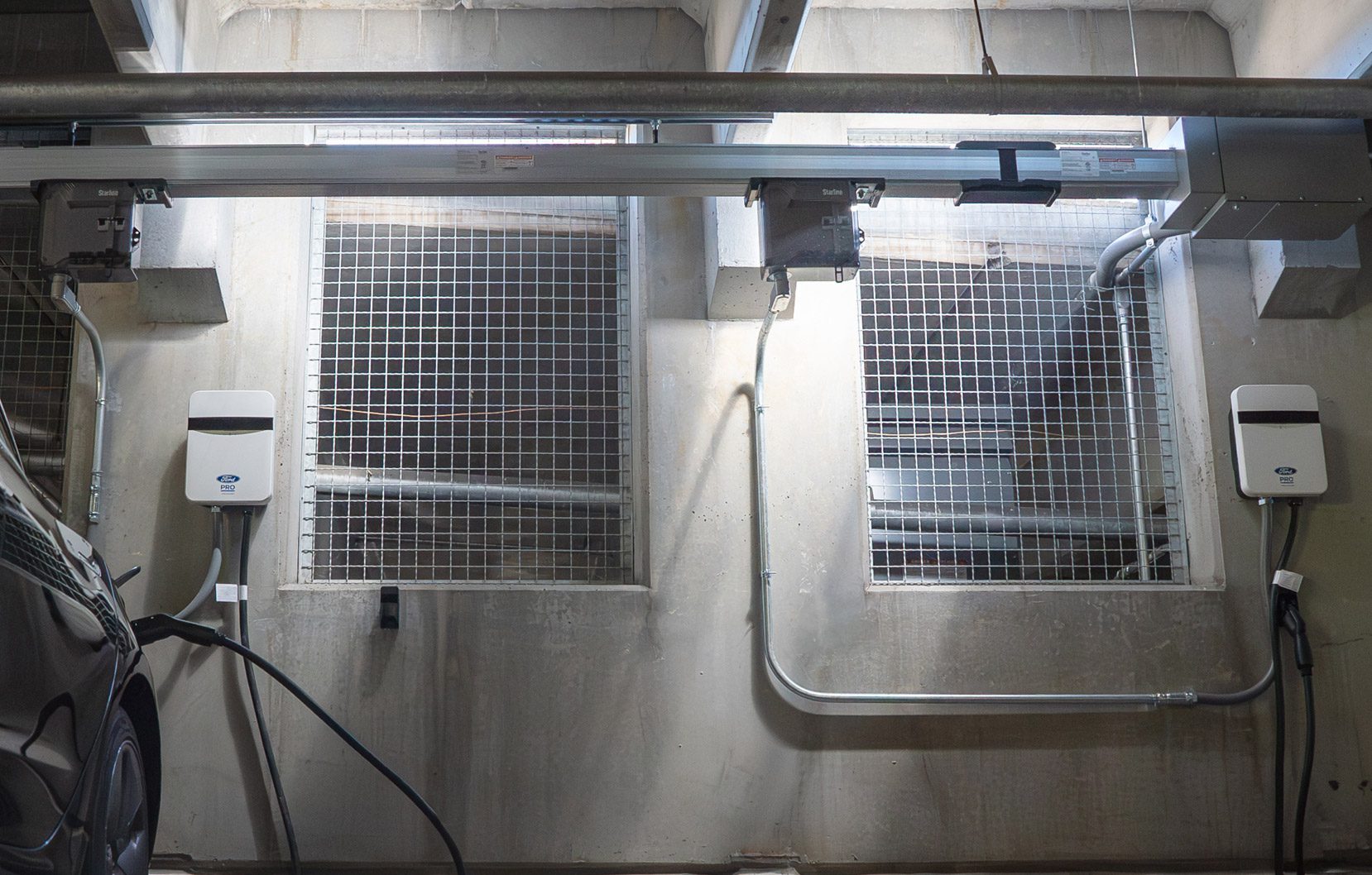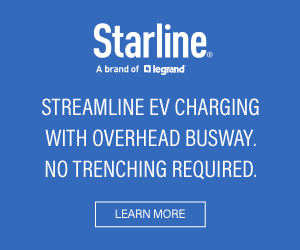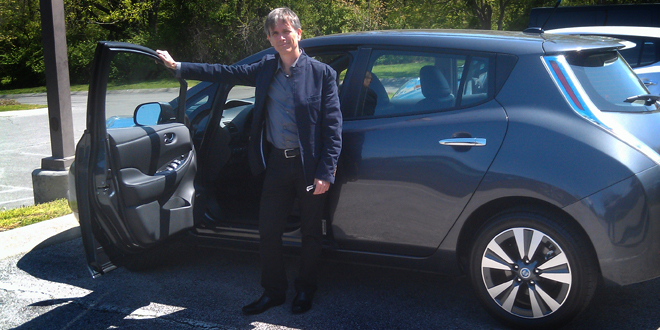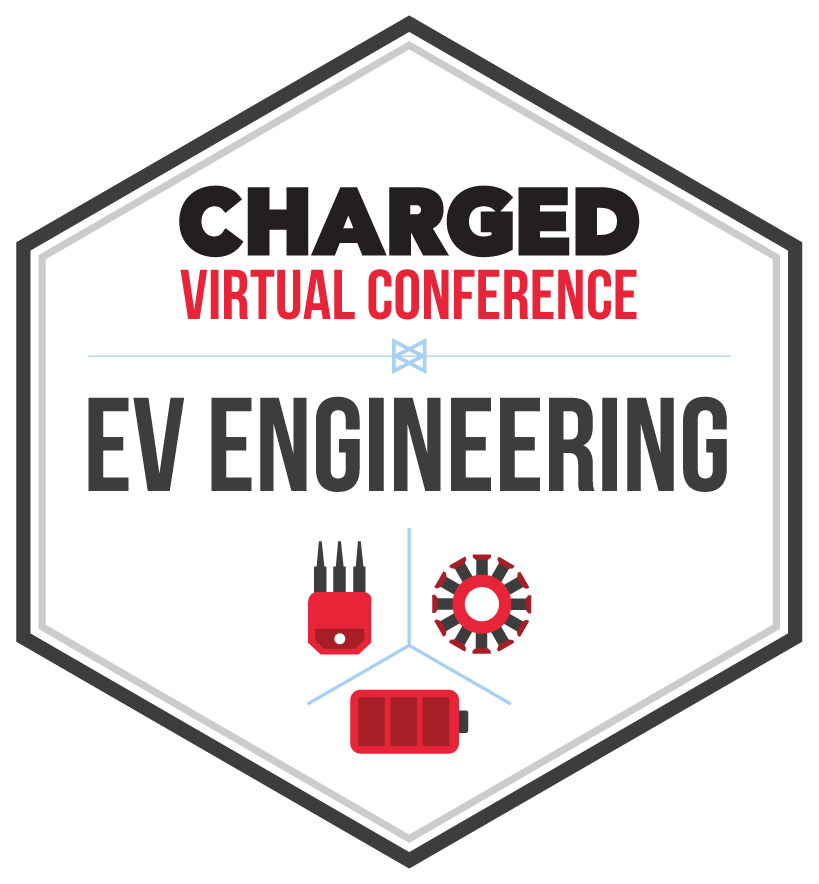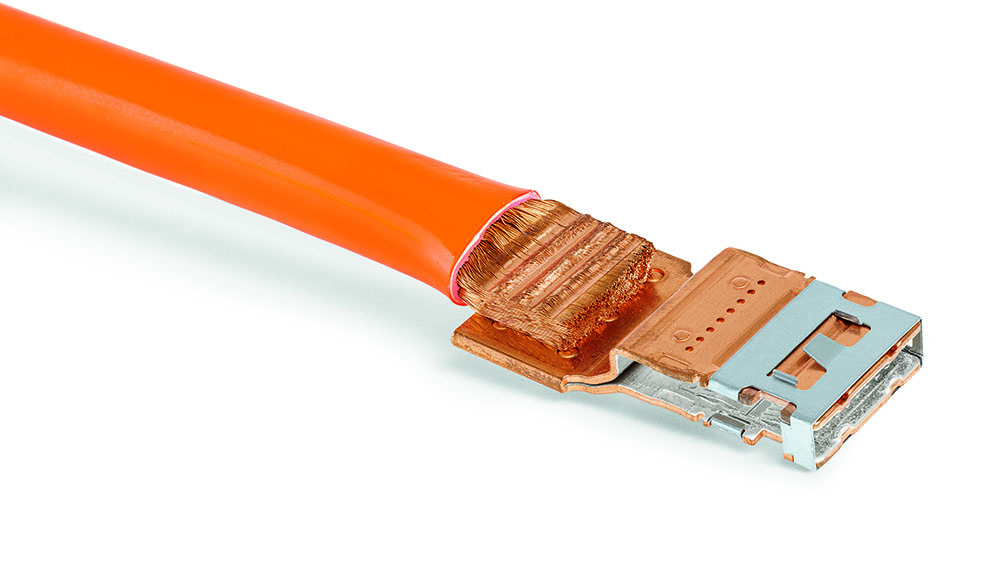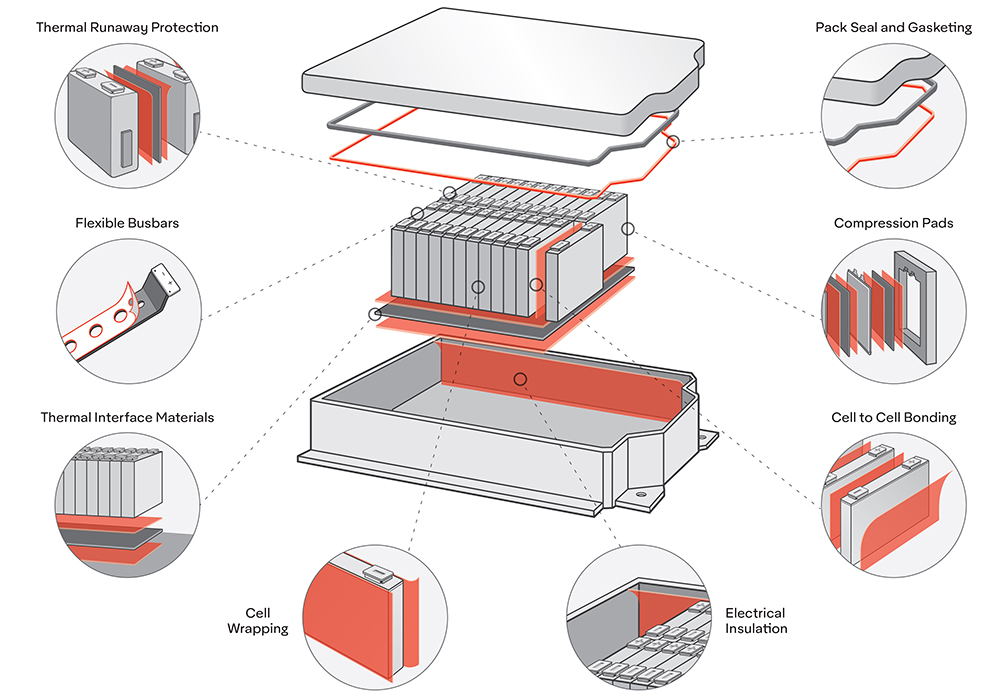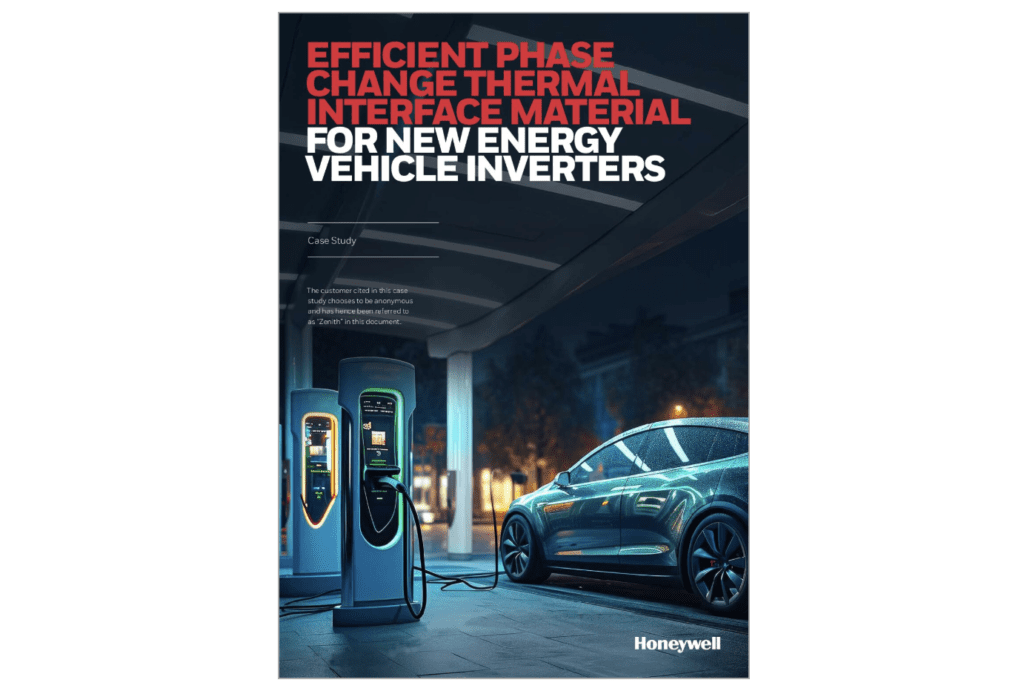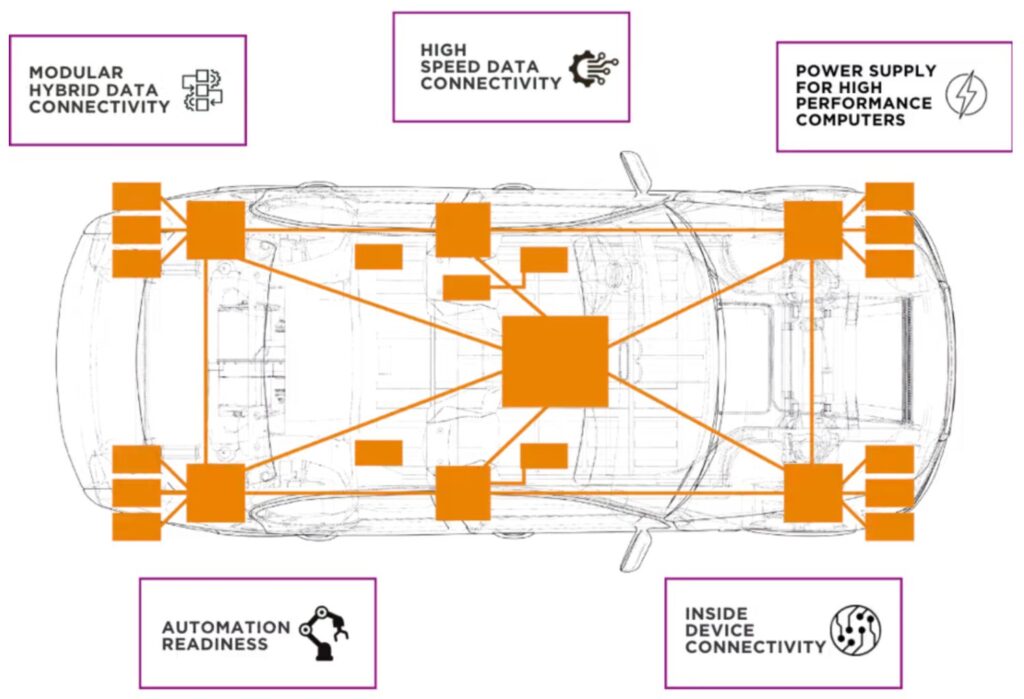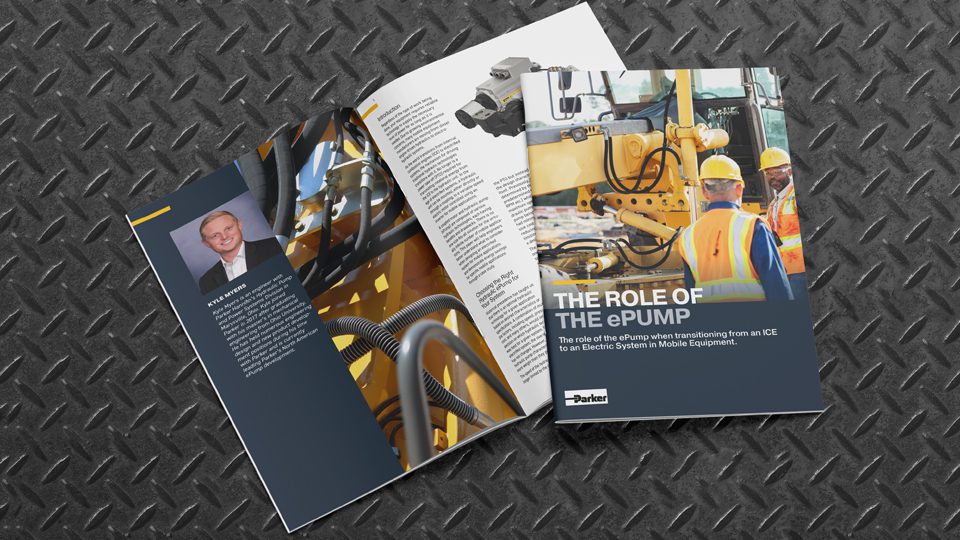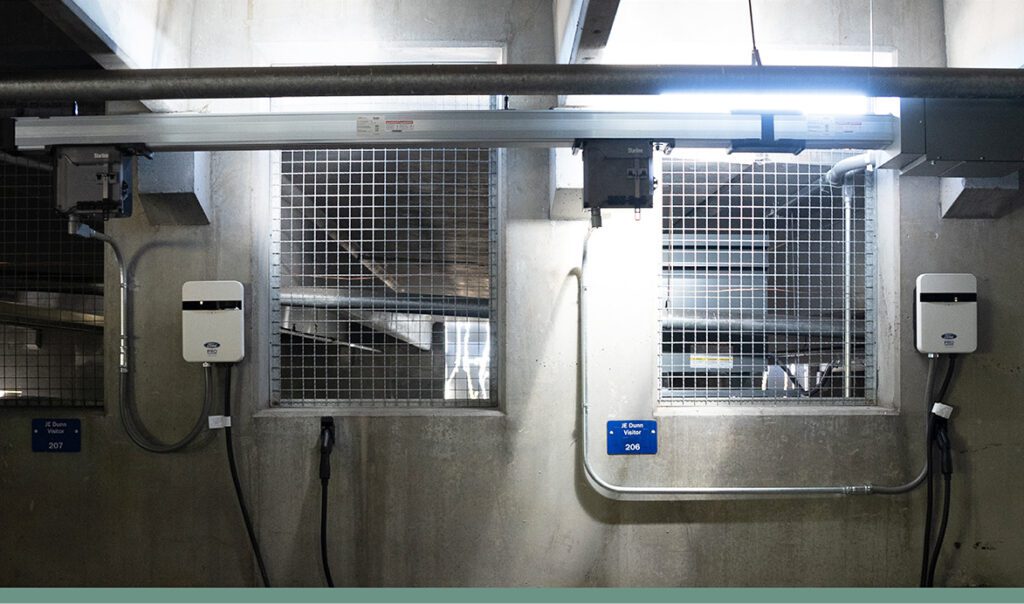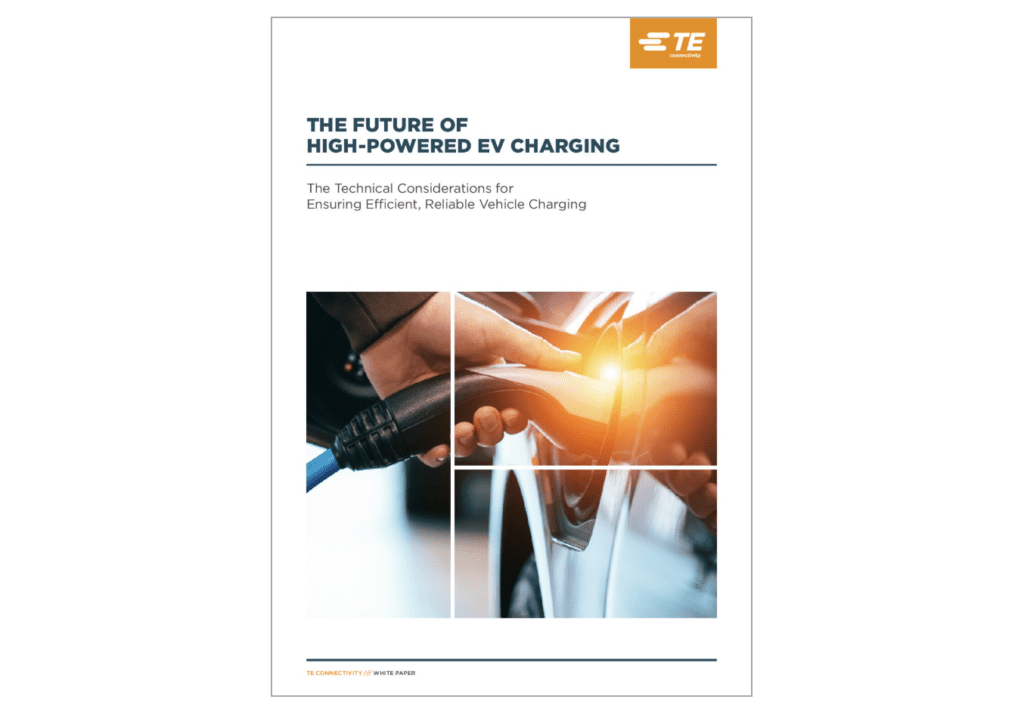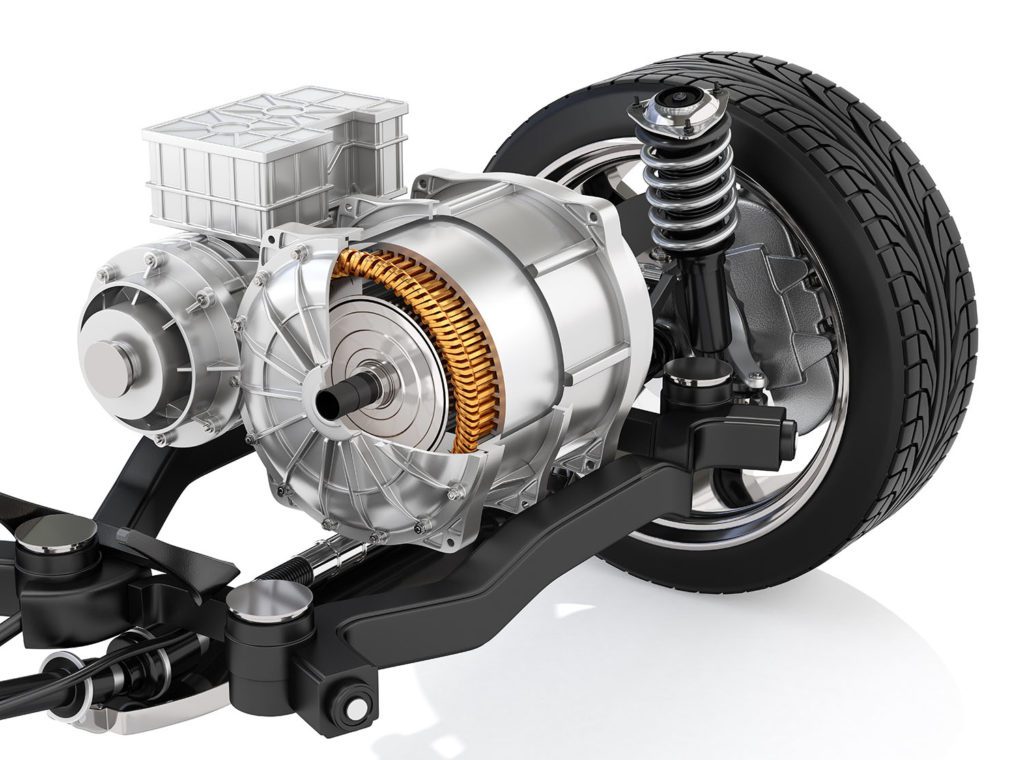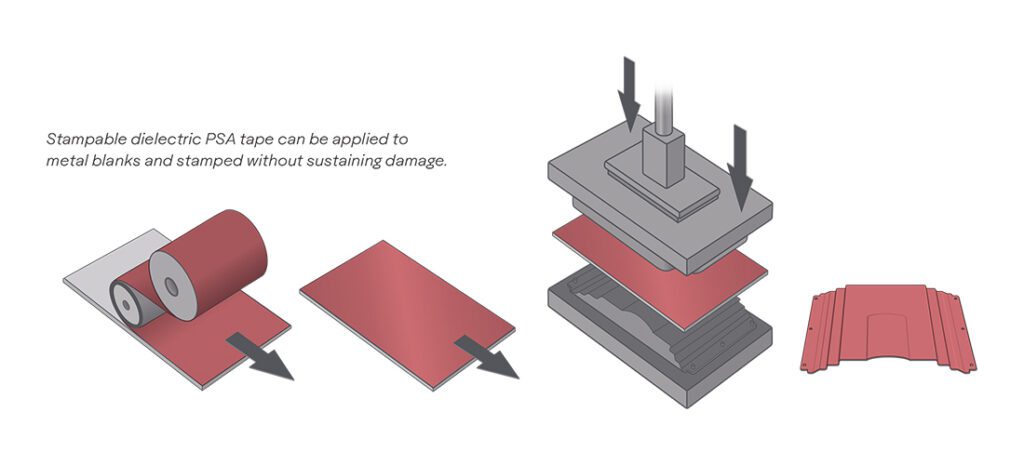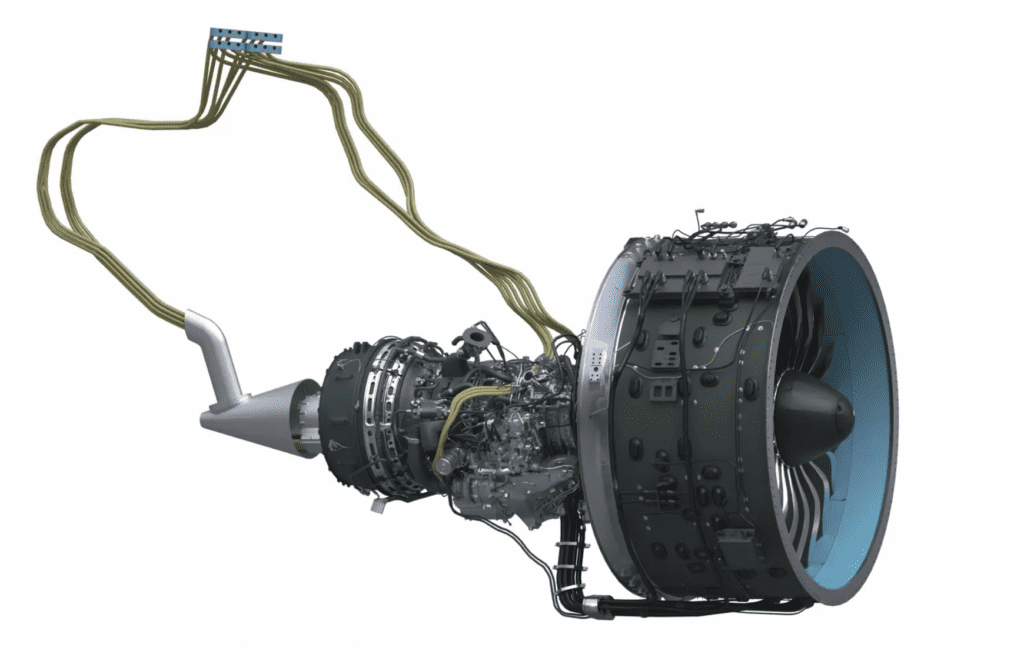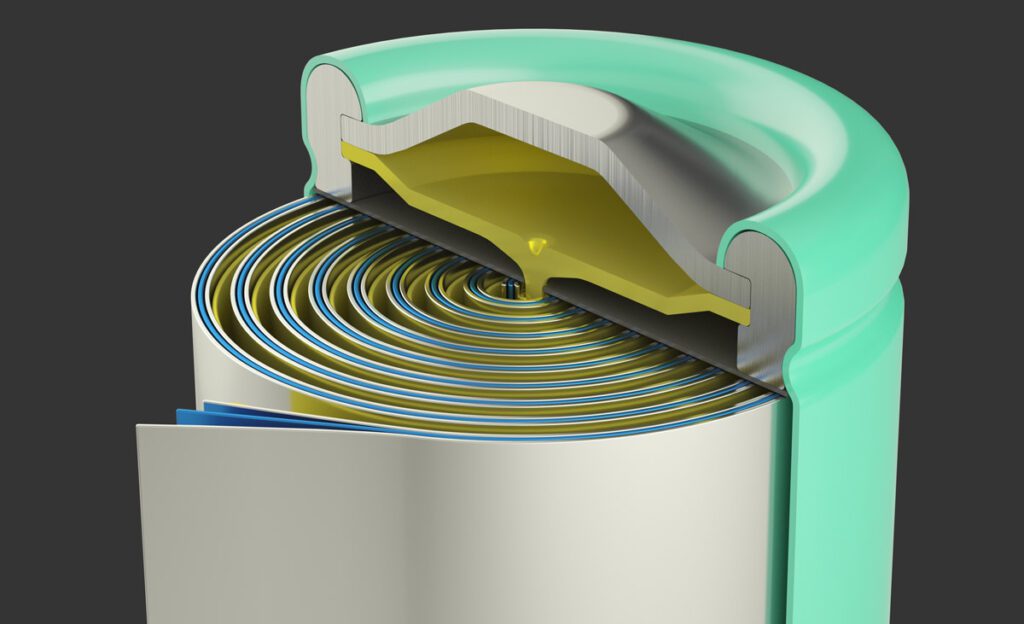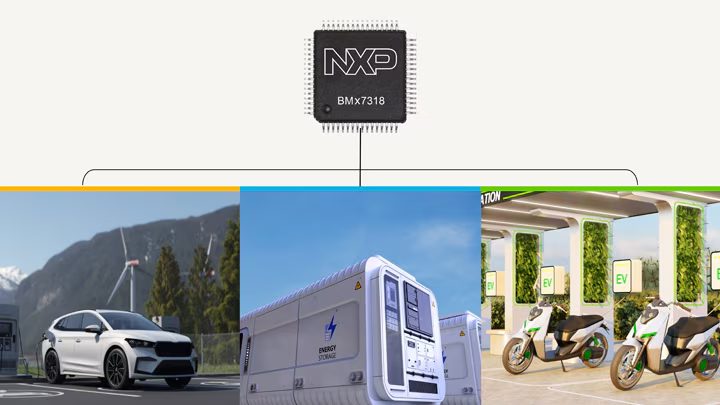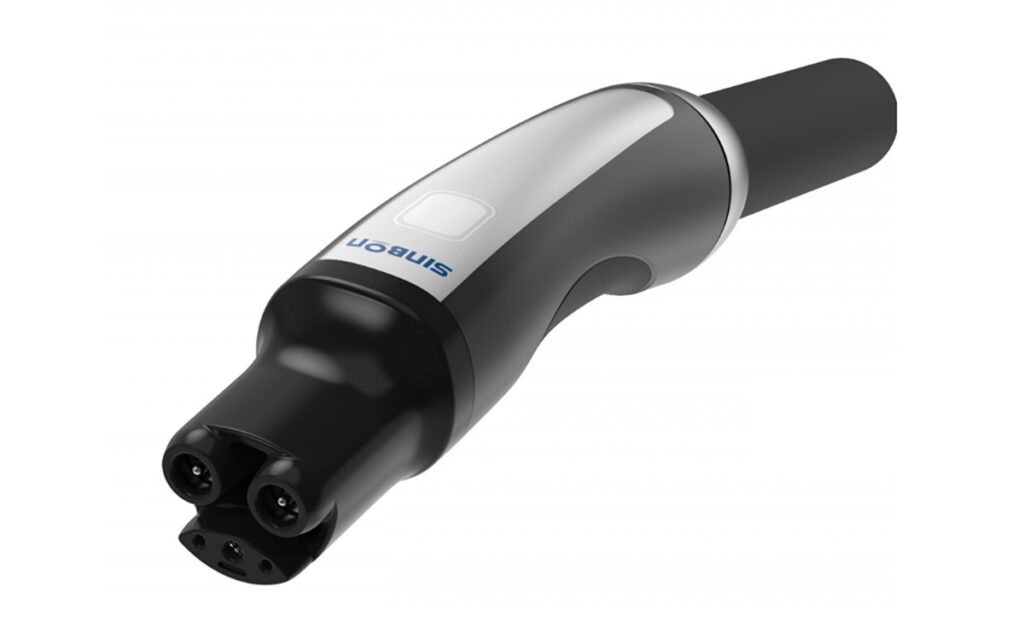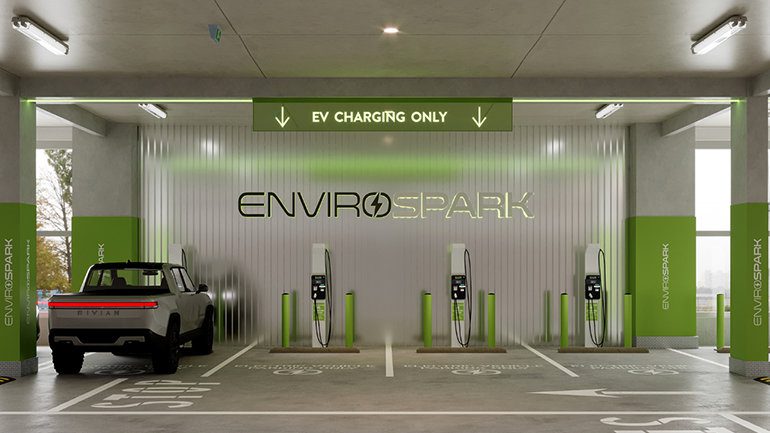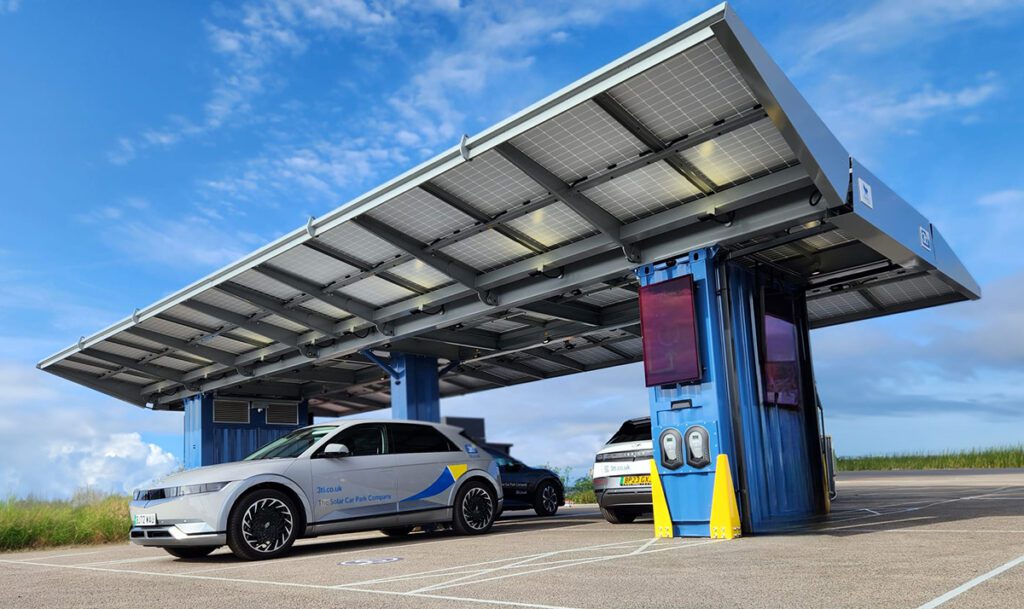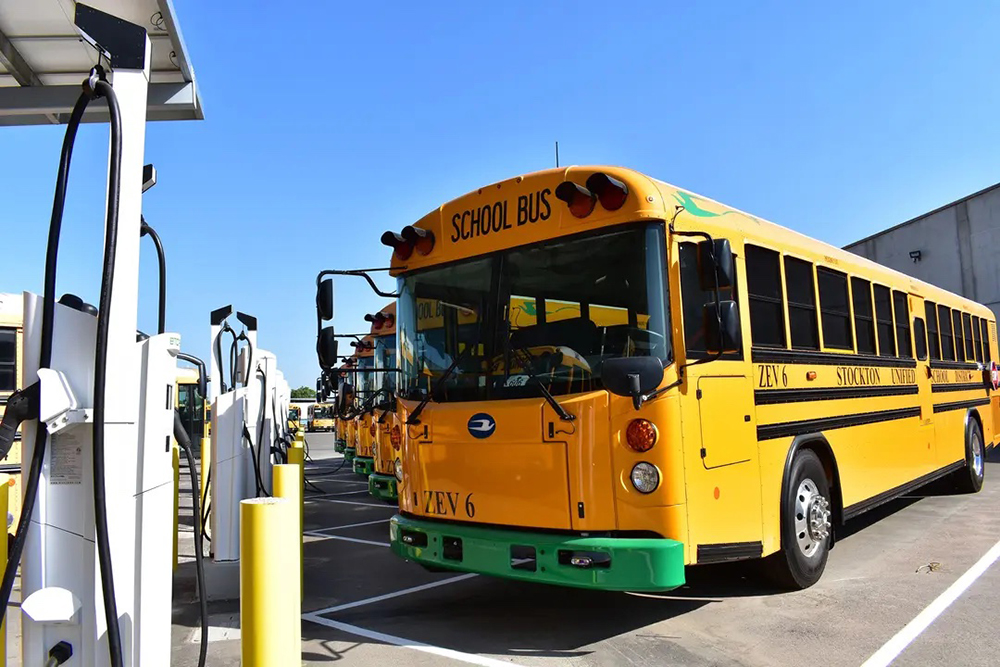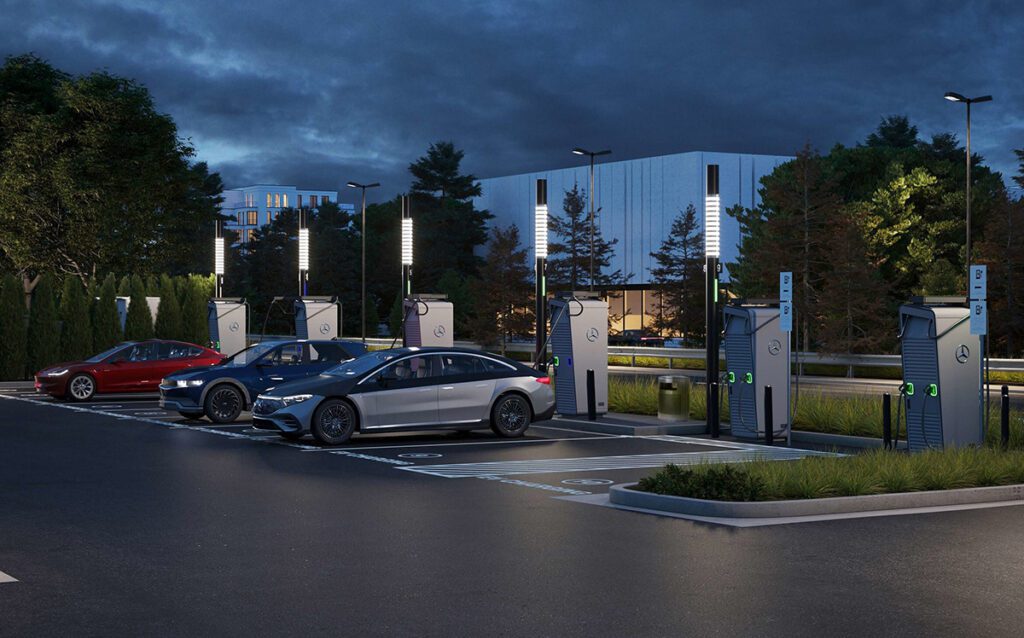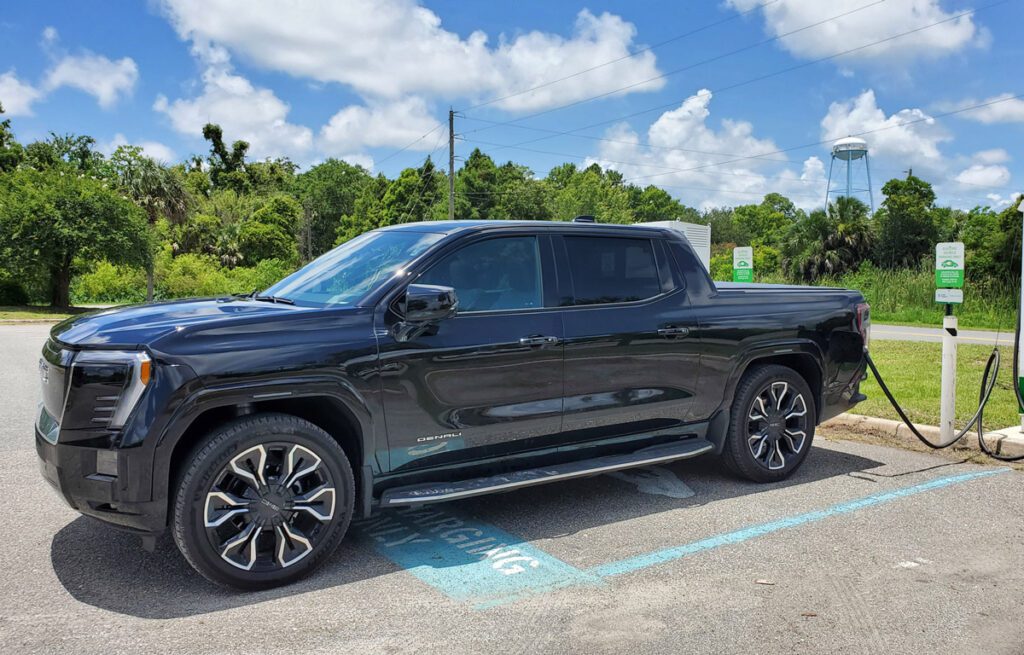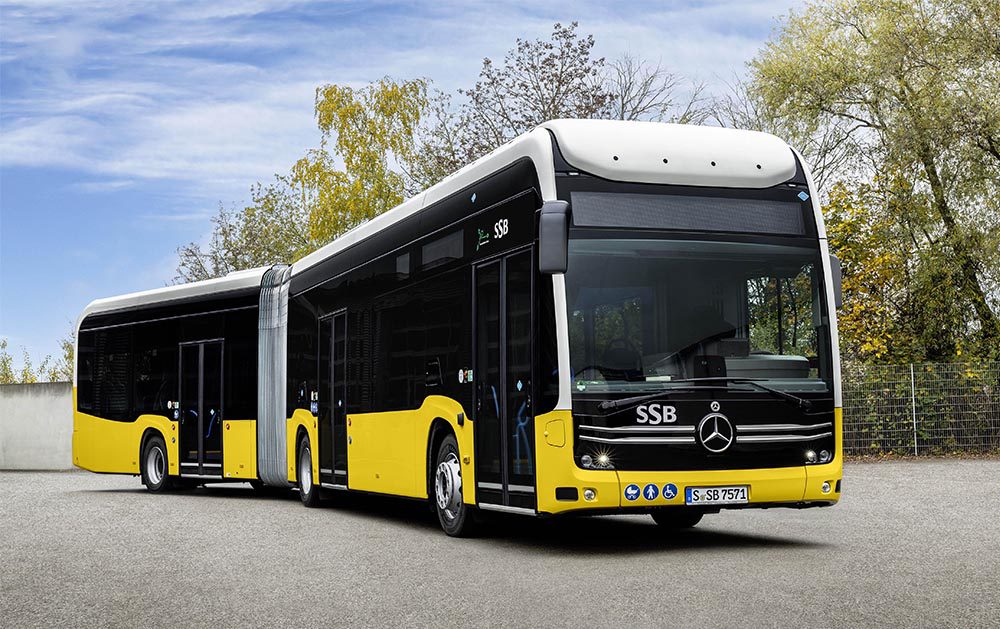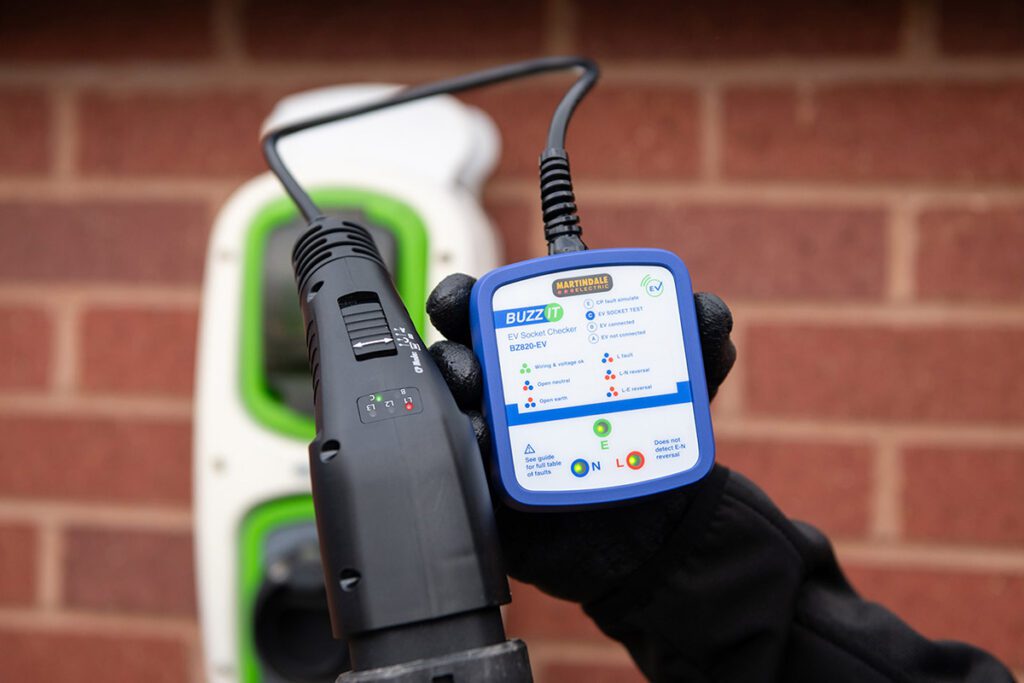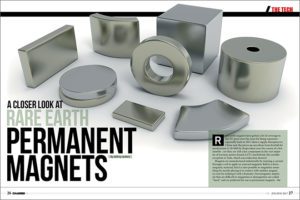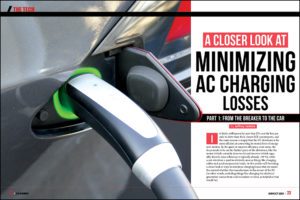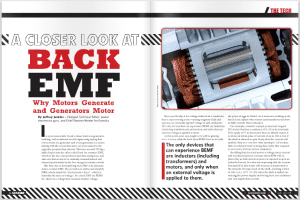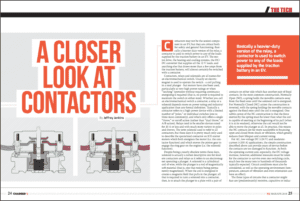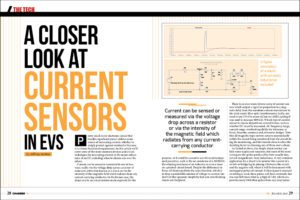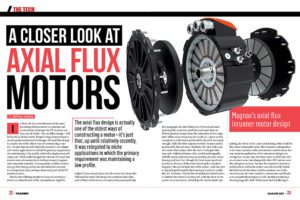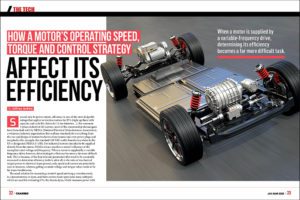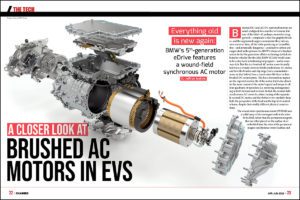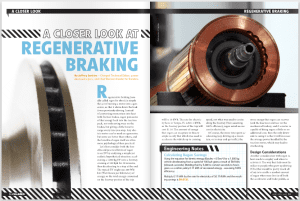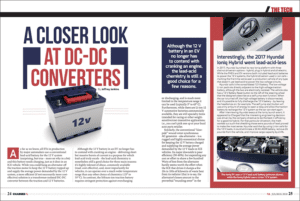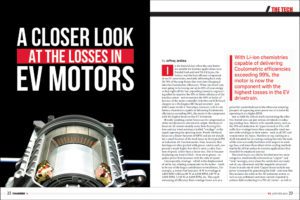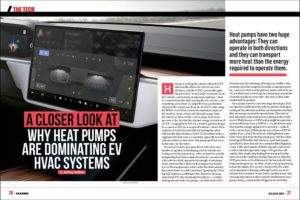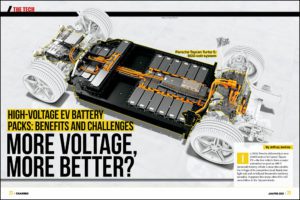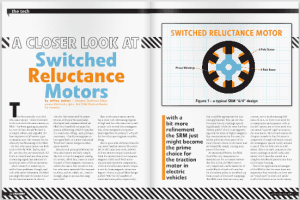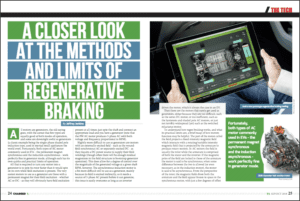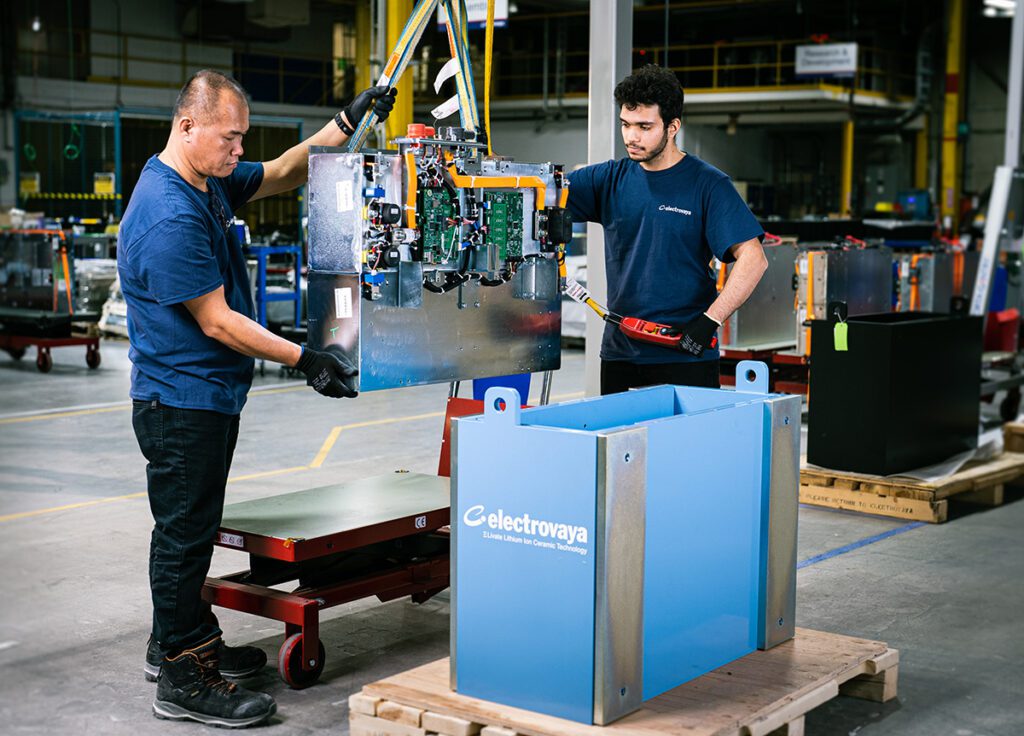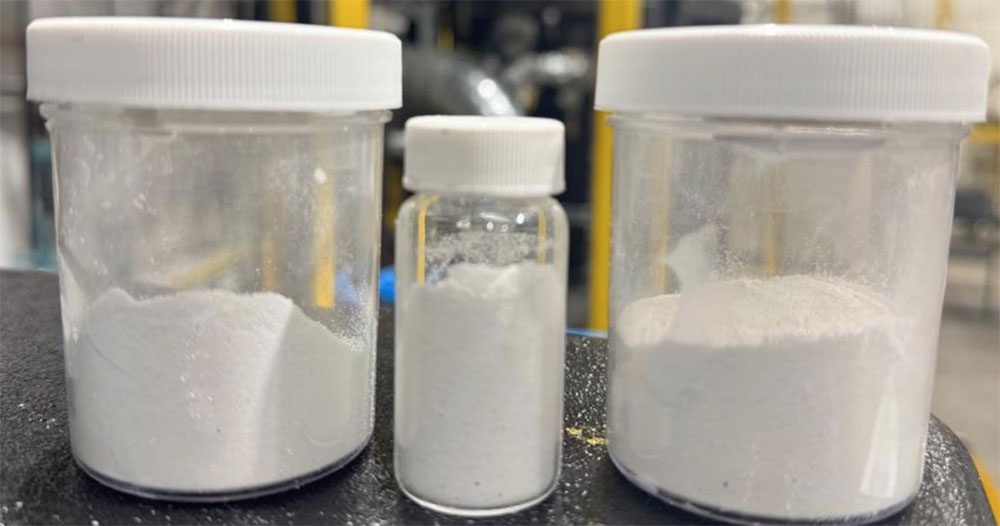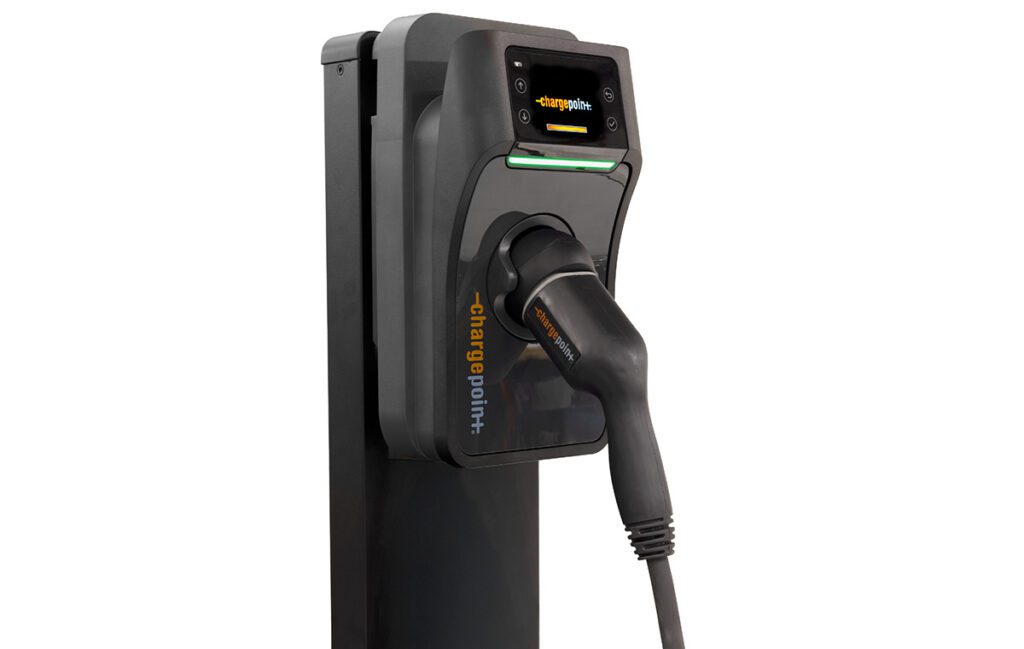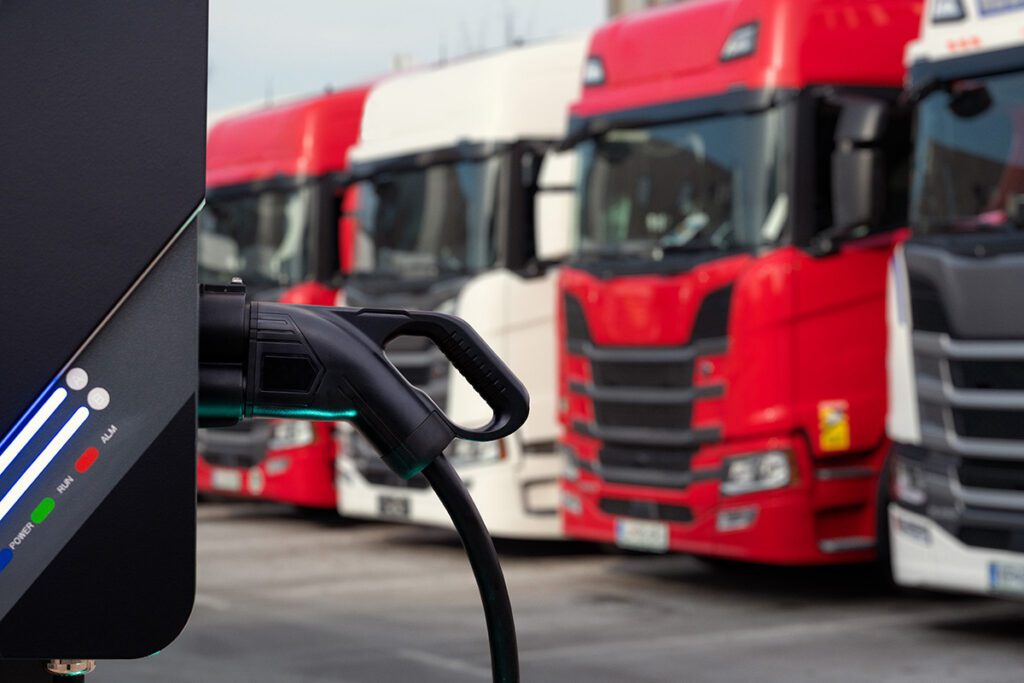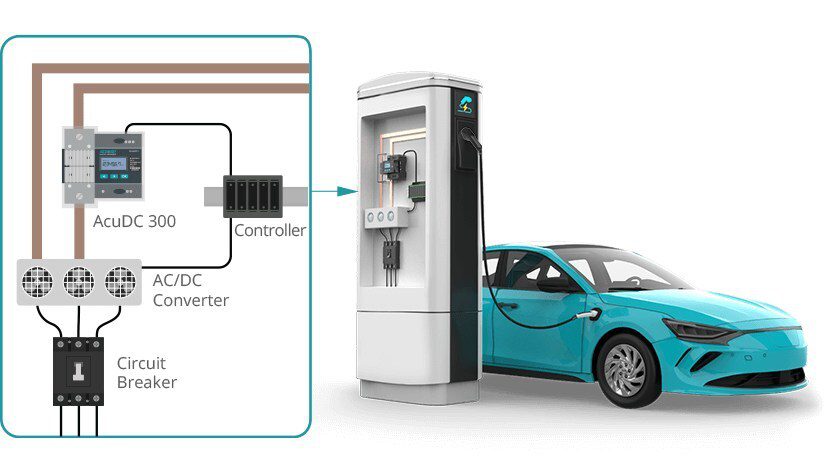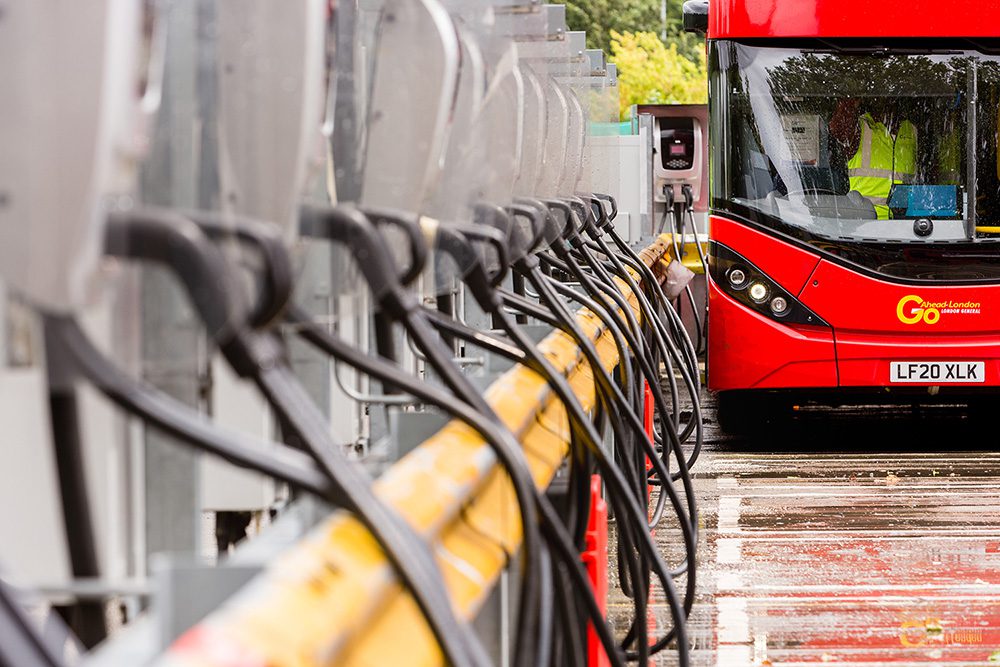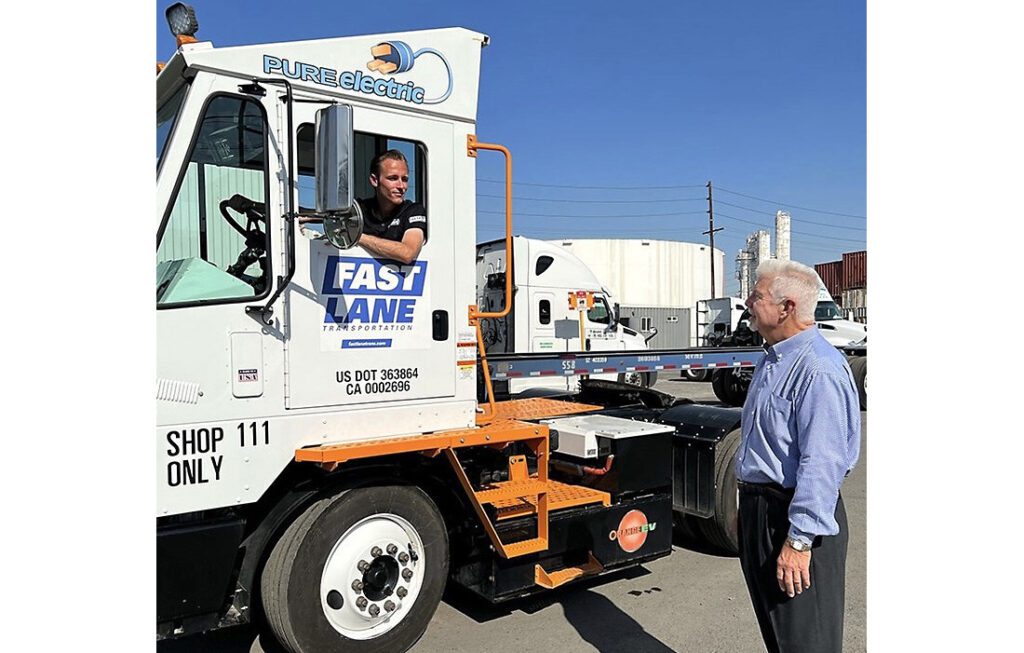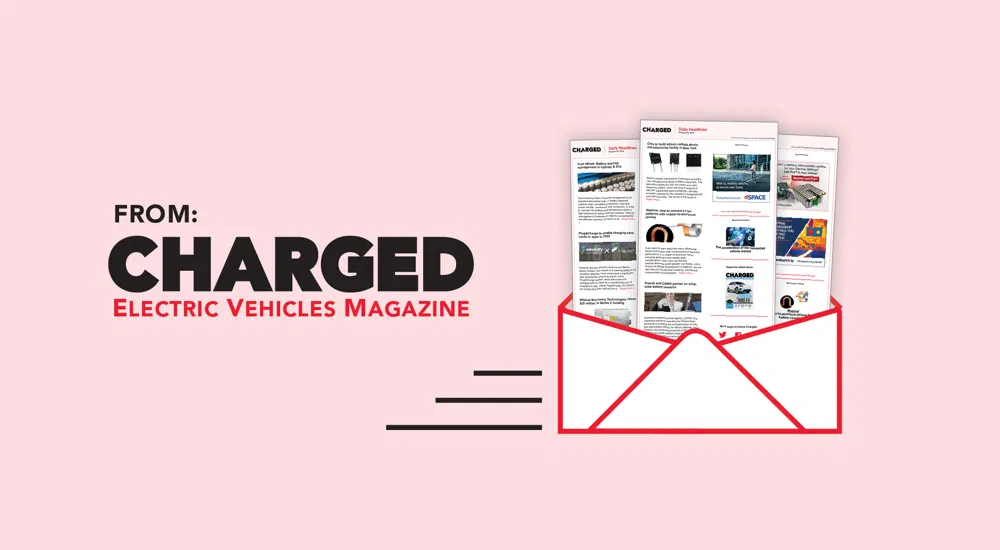This is my 1,000th blog post for Charged and, since I don’t care for Champagne, I’ll celebrate the occasion by writing myself a little pat on the back and a fond recap.
Since I began in October 2011, I’ve written a couple of these every day, and I’ve covered a huge variety of topics, including: “launches” of new EV models (which seem to occur years before the model actually goes on sale); breakthroughs in batteries and other technology; government programs to encourage EV purchases, infrastructure deployment and research around the world; births and deaths of companies and joint ventures (RIP Aptera, Bright, Coda, Ener1, A123, Better Place, Fisker, Ecotality, et al); lawsuits and flame wars; stupid statements about EVs by politicians and pundits (only the very most egregious are newsworthy); racing events and new speed records; recalls, fires and other unfortunate incidents; and the releases of studies and research papers of all kinds.
Charged is the magazine of electric vehicles, and that includes anything that moves and has a plug. I’ve written about electric cars, trucks, buses, trams, motorcycles, scooters, locomotives, yard goats, military vehicles, speedboats, ferry boats, construction equipment, airport ground support vehicles, police vehicles, and airplanes!
I try to make my posts entertaining as well as informative, and I do love to indulge in the journalistic game of crafting clever turns of phrase, complete with over-the-top alliteration and allusions. My favorite headline so far: Neil Young’s Lincoln and the Damage Done, which told the story of how the famous songwriter’s electric Lincoln conversion caught fire and damaged a garage.
My silliest lead (to be sung to the tune of the Beverly Hillbillies theme):
Listen to my story ‘bout a company named Toyota
Crankin out the Pria, tryin to make their sales quota
Without enough batteries, production would halt
Good thing they found a bunch of carbonate salt
Lithium, that is…white gold…Argentine applesauce…
This one was about a huge deposit of lithium in South America that Toyota tapped as raw material for hybrid batteries.
The biggest change I’ve seen in these two years happened in May 2013, when Tesla announced that it had made a substantial profit, and would pay back its DOE loan early. Prior to that point, every article about EVs that appeared in the mainstream press (not including EV or environment-oriented mags) included a sentence to the effect that “electric vehicles haven’t been selling nearly as well as projected,” and often strongly implied that current models such as the LEAF and Volt would soon be cancelled. Things like granola and “eco-hippies” were recurrent themes, even when the topic was the Toyota Prius, which has sold over five million units worldwide. After the Tesla triumph, all that changed – daily newspapers and other mass-market media now cover the EV industry with a more neutral tone, as they do other established industries. My hometown newspaper, the Tampa Bay Times, recently ran a feature on Tesla, complete with a Model S test drive by the paper’s business editor.
The fact that EVs are here to stay isn’t news to anyone who follows my blog. When you read on a daily basis about the huge number of companies and research institutes that are involved in the industry, the idea that this is some kind of passing fad is just ludicrous. Every major automaker has EVs on sale or in the pipeline, and small companies all over the world are carving out niches as component suppliers, charging operators and service providers. The parallel with the internet boom of the late nineties is inescapable.
The transition to electric mobility is analogous to various other shifts that have taken place throughout history: sailing vessels to steamships; horse-drawn transport to railroads, etc. People always tend to see the new technology in terms of the old technology, so a lot of things people currently assume about EVs will surely turn out to be wrong, and many questions remain to be answered. Will commercial vehicles become a big growth market for EVs? Will EVs make their mark in rental and car-sharing applications? How important will public charging turn out to be? I have my opinions about all these issues, but I usually just report what the people “on the front lines” are saying, and perhaps include a dissenting view when it’s available. I’ll be watching with intense interest to see how the market develops.
So, a huge thank you to all my readers, and of course to my tireless editor, Christian Ruoff, who coined the immortal phrase: EVs are here, try to keep up! Of course, your best way to do that is to read the Charged Newswire blog every day.

